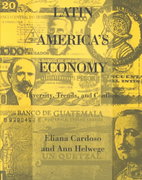Answered step by step
Verified Expert Solution
Question
1 Approved Answer
1. What two effects does the invisible hand of the market have in private sector decisions that appear to not take place in traditional educational
1. What two effects does the invisible hand of the market have in private sector decisions that appear to not take place in traditional educational programs??
2. What is a social cost? Name two potential social costs resulting from the management of our schools by private companies such as Alternative Public Schools


Step by Step Solution
There are 3 Steps involved in it
Step: 1

Get Instant Access to Expert-Tailored Solutions
See step-by-step solutions with expert insights and AI powered tools for academic success
Step: 2

Step: 3

Ace Your Homework with AI
Get the answers you need in no time with our AI-driven, step-by-step assistance
Get Started


